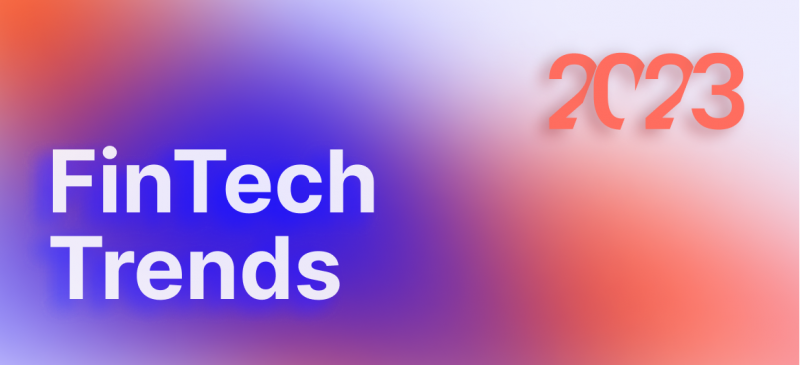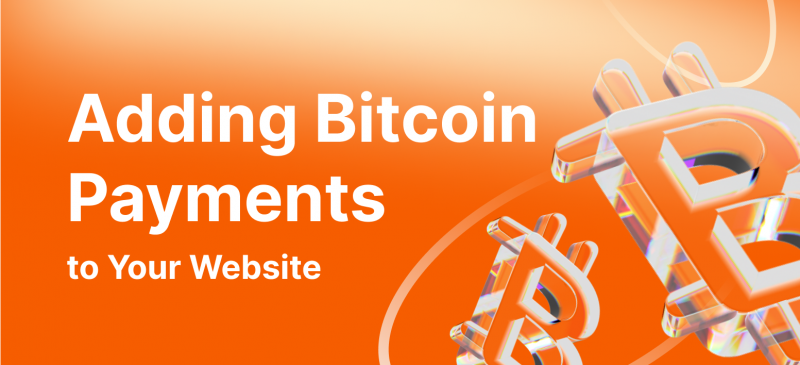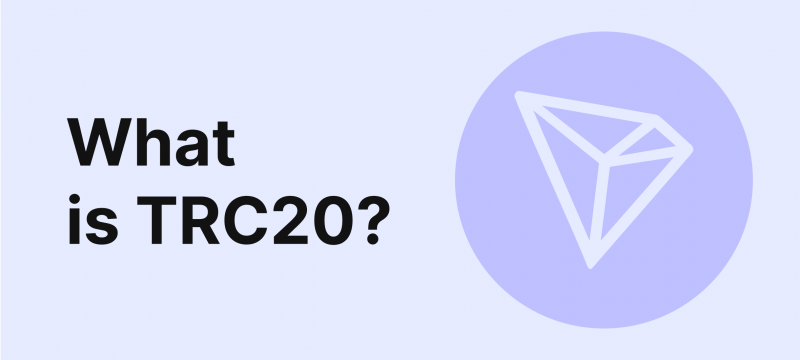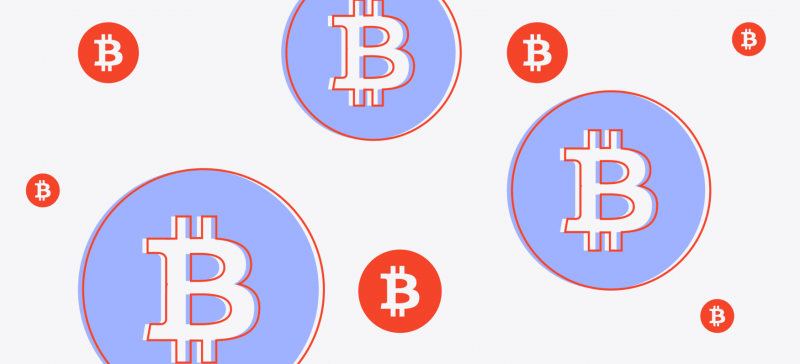The term “financial technology” (or “fintech”) refers to any app, piece of software, or technology that enables an individual or organization to access, manage, or get insights into their finances or conduct financial transactions digitally.
Over the last two decades, various digital tools have been widely adopted for business and finance-related services. These sporadic adoptions have, in no small part, enabled firms or people to digitally access, manage, or gain insights into their finances and enterprise administration.
America is a perfect example of a country with a significant expansion in its fintech adoption. Fintech startups surged from 5,868 in 2018 to 10,755 in 2021 alone in the Americas. The same year, a record $132 billion in worldwide fintech funding was attained, making up about 21% of all venture capital funds. In 2021, financing for each significant fintech sector reached record levels, demonstrating the industry’s growing popularity.
Fintech & Its Relevance to Your Finances
The importance of fintech in our financial lives should be emphasized because it is one component that helps to demystify many bureaucracies.
Following EY’s 2019 Global FinTech Adoption Index, two-thirds of customers use two or more fintech services. These consumers are becoming more familiar with fintech as a part of their daily life.
Fintech is now so integrated into our lives that it is impossible to go daily without encountering a fintech component. For example, you may use your iPhone to transfer money from your debit account to your checking account, Venmo to send money to a friend, or an online broker to handle your investments.
Interestingly, the most popular (and well-funded) fintech firms all have one thing in common; they aim to compete with and eventually replace established traditional financial service providers. This results from being more flexible, catering to underrepresented populations, or offering faster and better service.
FinTech investment is growing at a 45 percent annual rate, with £10.3 billion invested in startups in a year. Peer-to-peer (P2P) methods and crowdfunding are expected to replace current banking industry practices.
Fintech can eradicate the monopoly of loans provided by fiat banks since most of these fintech disruptors work with regulators, legacy IT systems, and branch networks to provide a higher-quality financial service.
Fintech models such as peer-to-peer systems, crowdfunding, platforms, and other companies are directly utilized to reduce risk, enhance access to credit, and make life easier for specialist lenders. Everyone in the financial sector may now borrow money more efficiently, thanks to FinTech, as P2P lenders can directly authorize loans in as little as 24 hours, thanks to various data sources.
FinTech may provide various new services to ensure that all financial procedures are as simple and convenient as possible for enterprises and consumers. Its significance in the current financial sector is demonstrated by the fact that by 2025, 30% of existing bank employees can be predicted to lose their jobs due to FinTech.
Top 10 Fintech Trends to Watch Out For In 2023
1. Blockchain technology & cryptocurrencies

Blockchain technology in the last decade has shown its ability to upscale our everyday activities, and these activities transcend from insurtech, banking firms, and IoTs to FinTechs.
Blockchain is reaching its height of popularity, according to Google search trends. In the past three years, there has been a 1900% increase in “blockchain” Google searches.
Nonetheless, the most recent PwC analysis on the fintech sector showed that the market’s stakeholders continue to undervalue blockchain’s potential. Although 56% recognize its importance, 57% believe they will likely refrain from reacting to this trend. When asked how familiar they are with it, 83% of those polled said they are only “somewhat” knowledgeable.
There are numerous use cases for blockchain in FinTech, so cryptocurrencies account for a large portion of the fintech market. Bitcoin was the first blockchain-based currency to gain consumer trust. As a result, it might be regarded as the earliest and most successful use case for blockchain technology.
Currently, there are a ton of FinTech startups that have built their companies around Bitcoin. For example, B2BinPay is a global bitcoin payment processor that enables businesses to accept, store, receive, send and exchange crypto payments..
Big fintech brands like BTCJam and BitPagos also offer various blockchain-based FinTech services.
Carlos Barbero Steinblock, an MBA lecturer on blockchain at the recent EU Business School program, likened blockchain FinTech to an accountant’s general ledger.
Carlos said that in a ledger, you have pages that record time-stamped and annotated transactions, and blocks in a blockchain do the same. By time stamping each transaction and recording it chronologically, a blockchain can digitally chronicle the entire life cycle of money as it flows and changes hands.
2. Artificial Intelligence & Machine Learning
Artificial intelligence is the rave of the moment, and FinTechs are using it to automate everyday activities and enhance outcomes on a larger scale than human intelligence.
Before now, many FinTechs used artificial intelligence to identify dangers, prevent fraud, automate standard processes, and improve service quality.
No doubt there are numerous links between artificial intelligence and fintech. AI technology has moved from the margins to the center of the debate due to advances in knowledge and social capacities.
AI integration into FinTech restores the human touch to banking, which has been partly lost in recent decades due to international banks’ dominance. The following explains how artificial intelligence in the financial sector might help banks enhance their business procedures.
Financial forecasts
When artificial intelligence is used in finance, it can detect, evaluate, and modify changes in data patterns on its own. Furthermore, even if data quality isn’t ideal, artificial intelligence in fintech can provide essential insights into exchange rates, investments, and short- or long-term trend projections.
Detecting banking fraud
Data is evaluated using AI-based analytics technologies to find suspicious transactions that could be fraudulent. Users’ behavior patterns can be observed using artificial intelligence, and acts that differ from the norm can be recognized and may indicate incidents or attempts at fraud. These instances are then forwarded to human employees for review to save them time.
Analyzing user behavior
AI APIs allow banks and fintech firms to employ AI to forecast user behavior, reducing the number of requests and the stress on the business system.
3. Internet of things (IoT)
The term “Internet of Things” (IoT) refers to contemporary technology that describes actual items or things with software, sensors, and other technologies to connect and exchange data with various devices over the internet.
IoT is now a crucial part of businesses because it gathers raw data from devices and systems and sheds light on critical areas like customer data, supply chain management, and machine performance.
A survey projects that the worldwide IoT market for banking and financial services (BFSI) will increase from US$ 249.4 million in 2018 to US$ 2,030 million in 2023. IoT has dramatically benefited the FinTech sector regarding payment processing and security. IoT is a mobile point of sale or cybersecurity tool to encrypt payment information securely.
IoT culture has been used in retail banking for years. One of the most popular IoT devices is the Automated Teller Machine (ATM). Without speaking to a human, this enables real-time transactions and shows your account balance on the screen.
FinTech blends AI and industrial IoT to determine whether banks can provide improved customer care. Today’s finance businesses use IoT systems to provide quick, real-time customer assistance. Since standing in line is a massive problem in any bank, banks can use IoT to execute ticketing choices online to ensure customer speaks to the appropriate agent.
4. Biometric Authentication
Because of the sensitivity of FinTechs, biometric authentication systems have become a highly sought-after security feature. Biometric authentication uses an individual’s unique physical or behavioral features to identify and authenticate system access.
The adoption of biometric authentication for FinTechs has shown a strong upward trend from 2017 to 2022, according to a report on the Indonesian Fintech Industry. Predictions from statista.com also show that this upward trend is anticipated to continue shortly because the FinTech sector is a popular target for cybercriminals.
Implementing biometric authentication to FinTech utilizes different modalities to manage identities and user access to sensitive data. These modalities could be:
- The use of facial recognition to verify login to online banking applications and web-based platforms.
- The use of the Iris scanners to authenticate Atm transactions and other point-of-sale services.
- The user of fingerprint scanners verifies user identities on bank and exchange apps and authenticates the payment process.
FinTech businesses may increase security, lower the risk of fraud, and give their consumers a more convenient and user-friendly experience by implementing biometric authentication.
Also, using passwords and PINs, which can be challenging and simple to forget, can be decreased with biometric authentication. In the long run, biometric authentication will become more significant in the fintech industry.
Although the biometric authentication system comes with many risks, this risk ranges from Privacy concerns to dependability challenges and accuracy.
According to a paper published by Software Secured in August 2022, if biometric authentication is the only way to enter a system or location, a malfunction in the system could result in a big hassle.
5. RegTech
RegTech is the name given to technological solutions that simplify and enhance regulatory procedures, it is a fusion of regulations and technology, and its application has been evolving alongside its FinTech counterpart since the 2008 global financial crisis (GFC).
FinTech has been extremely useful to ordinary customers, governmental organizations, and businesses of all sizes, but it has been challenging. The digital change that FinTech ushered in the financial sector created new and more significant risks, particularly in data protection. The only proper answer was RegTech.
FinTech and RegTech both went through three stages of development. To counteract escalating compliance costs and complexity, as exemplified by the Basel II Capital Accord, significant financial institutions spearheaded RegTech 1.0 by integrating technology into their internal procedures.
The post-GFC regulatory requirements and the expenses associated with implementing them for the financial industry have motivated the second stage, RegTech 2.0. Regulators are simultaneously working to improve their capacity to assess the growing volumes of data produced by post-GFC reporting obligations and to reflect the increasingly digital nature of the markets they regulate.
RegTech 3.0 is projected to reconceptualize finance and its regulation: to construct a better financial system; these paradigms will eventually increase the data-centric character of both FinTech and RegTech and make a seamless shift from the KYC paradigm to the KYD mindset.
Recognizing the risks and applying the appropriate tools to mitigate them is the only way FinTech can continue to thrive and evolve. To conclude, we are better off with the numerous FinTech products available, but only if RegTech is present to keep it in control.
6. SaaS
SaaS is a solution-based strategy for enterprises and companies wishing to use cloud computing capabilities rather than using computerized applications.
The blend of efforts and technology allowed specific fintech organizations to pivot themselves towards success as the need for SaaS and fintech solutions grew, experiencing significant consumer acceptance and widespread adoption.
SaaS has nearly instantaneously accelerated the digital transformation of FinTech services and products throughout the years. It’s easier to picture a scenario where FinTech runs on rudimentary means with some SaaS management standards.
For instance, the SaaS-based FinTech startup Zeta uses cloud-based payment and banking solutions for businesses and banks. It offers solutions for managing employee payments, collecting customer payments, and paying vendors. It provides numerous banking solutions, including wallets, virtual cards, payment authentication, and card issuance systems.
Some reasons SaaS drives the finance industry forward include scalable solutions, value-added services, enhanced agility, and automated security.
Ease of Access to Applications
Software as a Service (SaaS) enables FinTechs to make value-driven and market-related decisions by providing access to high-level software and cloud computing capabilities. SaaS providers manage and control cloud-based operations, allowing startups and businesses to concentrate on core company operations and tasks.
Cyber and Digital Security
SaaS security features such as SSL encryption, multi-user logins, encryption keys, and two-way authentication enable financial organizations to manage access to criteria-specific information and data points. This gives users peace of mind and protection for their finances and personal information.
Increased Predictability
SaaS technology has allowed fintech firms to be more active and focused on performance-driven models, providing cost management services, offering solution-based products, and boosting market scalability.
Cost Incentives
SaaS can help businesses and finance merchants save money by lowering software costs and reducing maintenance expenses. It is more adaptable and geared toward a client-centered purpose.
Regulatory Compliance
Software as a Service can assist fintech startups and businesses in meeting shifting regulatory requirements, allowing them to dominate their direct consumer market and become industry leaders.
Neobank
Neobank is a classic example of a FinTech innovation that creates online-only, digital banking services. In other words, there are banks without physical structures.
Neobanks are meant to eliminate the shortcomings of traditional banks; their services are usually seamless because their managers have an underlying robust infrastructure to create accounts, process KYC, receive funds, and attend to complaints in real time.
Because they provide numerous advantages to fulfill the changing needs of new-age consumers, Neobanks are increasingly becoming a preferred option for many customers. They concentrate on making banking more user-friendly and quickly meeting their needs.
According to Forbes Advisor, India is developing faster than many other nations regarding internet usage and smartphone penetration. Neobanks have seized this opportunity and offer services that are driven by technology. Several millennial-savvy people have been drawn to this.
Although, the FinTech sector in India has advanced significantly in recent years thanks to the efforts of the Indian government. It now seeks to close the existing market gap by creating digital banks and products. Many of these initiatives have gained significant traction.
From a global perspective, Statista.com reveals that the United States has experienced the highest transaction value (1,426.00 billion US dollars in 2023). Transaction value is anticipated to grow 18.25% per year (CAGR 2023–2027), with a projected total of US$8.86 trillion by 2027. By 2027, 376.90 million users are anticipated in the Neobanking segment, with a market penetration of 3.3% in 2023 and 4.8% in 2027.
8. Green Finance
One industry that is making green strides to stop climate change is the blockchain industry. By supporting businesses in integrating charitable endeavors into their operations, the fintech sector is also pursuing environmentally sustainable practices. And by 2023, the industry will adopt this as standard practice.
Today, the meaning of FinTech is inextricably linked to the concept of sustainability. Everyone has been affected by the importance of fintech being green, and fintech is no different. It is fighting climate emergencies with all its might and has accomplished so much.
One company that makes investments in sustainability is Stripe, which operates in the finance sector. Thanks to the Stripe platform, businesses can donate some of their income to lower carbon emissions programs.
Same Global banking institutions now have access to a carbon calculation tool thanks to Mastercard. It enables banks to provide solutions for customers to support reforestation through educated purchasing decisions and provides them with information and knowledge about their carbon footprint.
More Green FinTech businesses should emerge by 2023 as we work toward a carbon-neutral global economy. These measures will improve the future of future generations while also assisting in environmental protection.
Although large and small FinTech organizations are making significant progress in incorporating sustainable business practices, there is still much work to be done, especially in Third World countries. This is because such countries are still grappling with poverty, underpayment, financial difficulties, and limited resources to combat global warming and other environmental issues.
9. Open Banking
Open banking, a new initiative focusing on the UK, gives its citizens access to new FinTech prospects by allowing customers to consent to share their transaction data with licensed FinTechs to access new goods and services.
At its most basic level, open banking exposes customer financial data to outside parties through APIs. These third parties can now create, assemble, and market their financial products.
These products’ usefulness (and, eventually, profitability) is independent of their having a lot of cash; instead, the value that these products have is derived from the data that they collect and keep.
Several FinTech startups are inspired by Open Banking’s ability to provide loans to small and medium-sized businesses (SMEs). FinTechs may now accurately determine an SME’s creditworthiness thanks to Open Banking, which allows them to access various types of accounts, insurance, card accounts, and leases via APIs and combine data from several nations into a single overall image.
10. Digital-only Banking
One of the Fintech Industry’s fastest-growing trends, digital banks have entirely replaced traditional banking. Convenience is what drives popularity, and digital banking is redefining simplicity. Customers no longer have to waste time traveling to a facility or waiting in line. In fact, paperwork is more straightforward than before.
The Covid-19 Pandemic in 2020 created a new norm that prompted governments to tweak their laws and policies on digital banking. The Indonesian Government also increased the cashless payment method for society to support the “New Normal.” Customer demands for banking and financial services have grown due to the lack of physical contact during service engagements.
To adapt to this new norm, the financial sectors are innovating quickly by digitizing their products and services. Consumers can now use a variety of financial goods via their smartphones without needing to visit a bank. Moreover, the adoption of mobile devices grows more quickly than financial inclusion since more people, particularly in emerging and developing economies, now have access to it. Thanks to digital-only banking!
A Pwc report revealed that the development of digital banking enriches the customer experience because it offers the simplicity of usage and virtual verification for KYC processes.
However, despite its convenience and advantages, digital banking does come with a risk-benefit analysis for its users. The drawback of digital banking Is that with actual financial institutions, users could be more inclined to use the service. Every person must make critical financial decisions because of the hazards that bank customers are thought to pose regarding privacy, trust, and other matters.
Final Thoughts
Several intriguing innovations are predicted to emerge in the fintech sector throughout 2023, which might change how individuals handle their finances. Financial well-being is also becoming a more significant trend in the fintech industry as more businesses recognize the possibilities of technology when aiming to support employees.
Economic demands boost the need for financial inclusion, which can be achieved through technological advancement and the enlargement of the regulatory environment. The impending openness will inevitably make hoarding user data and funds more difficult.
FinTech can increase economic growth by assisting banks, non-banking organizations, and government agencies improve outreach and security and make credit more accessible.








